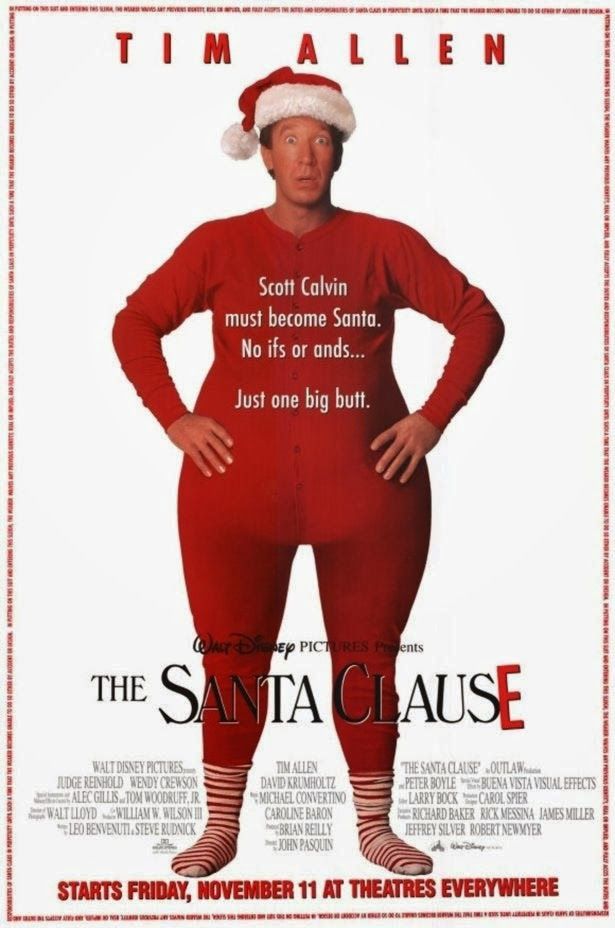What are clauses? Why do I need to know about them?
A simple understanding of clauses will ensure your writing is clear and always correct.

You’ve all heard the word ‘clause.’ You might have heard it in a legal context. You might remember it from the classic Christmas film, The Santa Clause. Likely, you also remember it being thrown about when you were learning grammar in school. But what does it actually mean? Is it some esoteric, highly complex grammatical phenomenon that one needs an English degree to understand? Well, it depends on how deep you want to delve into the world of clauses. The truth is, they can be simple, and a basic understanding of them can help you make sure your writing is clear and structurally correct.

What is it?
First, let’s get an idea of what we’re dealing with. In very plain English, a clause is an idea. Usually, a clause will contain a subject (that’s not a grammar trick – subject literally refers to the key piece of information in the sentence) and a verb. There are two main types of clauses. The first is a main clause. A main clause is a group of words that makes complete sense on its own. Here’s an example:
I went for a run.
If I sent you a text saying the above, you’d understand what I meant. I am the subject, and ‘run’ is the verb. Sure, it might be a bit strange for me to alert you out of the blue to my exercise regime, but you would get the picture. The other major type of clause is a subordinate clause. It’s dependent on a main clause; it won’t make sense without it. Let’s add a subordinate clause to our original example:
I went for a run, when the sun came out.
If I texted you the words “when the sun came out”, you probably would be a bit confused. It’s not a complete jumble of words, but unless you had just asked me what the name of Neil Finn’s 2009 solo album was, you might be a little puzzled.

How do I use it?
So, now that we know a bit about clauses, and how we can use them stylishly, we need to know how to connect them to make coherent sentences. This, for the most part, is pretty simple. If you’re joining two independent clauses in the same sentence, all you need is a comma and one of the following words: For, And, Nor, But, Or, Yet, So (FANBOYS). This is called a compound sentence. Cue example!
I went to the gym, and I did some deadlifts.
Two full, coherent ideas – “I went to the gym, and I did some deadlifts” – simply joined together by a comma and one of the FANBOYS (a semi-colon can also function here). If you want to join independent and dependent clauses, this is what’s known as a complex sentence. But don’t stress, it’s easier than it sounds. If you want to put the dependent clause first, just drop a comma at the end of it:
Once we realized the film was over, we left the cinema.
If you don’t want to wear the comma key on your laptop out, put the independent clause first; that way, you don’t need any punctuation.
We left the cinema once we realized the film was over.
Clauses are probably an area of grammar you don’t really think about a lot. It’s very easy to just pop a comma here and a semicolon there, hoping that it makes syntactic sense. But, by being aware of independent and dependent clauses, and how you can link them up, your writing will pop and be much easier to read for anyone who comes across it.
A quick post script
There is one word that writers of English constantly use wrong, however they never seem to realize they’re making a mistake.
If you’re a disciple of grammar, you’ll have already picked up on the error in the above sentence. It, of course, relates to ‘however.’ ‘However’ can be used in many ways; you can start a sentence with it, you can insert it mid-clause to emphasize a point, and, yes, you can use it to join two independent clauses. The latter requires a bit more precision than is used in the aforementioned sentence, though. If we wanted to join two clauses with ‘however’, we would have to put a semicolon after the first clause, then ‘however’, then a comma before the second clause. Let’s see how it looks in practice:
There is one word that writers of English constantly use wrong; however, they never seem to realize they’re making a mistake.
A simple fix to a very common problem. One side note; since a semicolon can only precede an independent clause, ‘however’ can only be used in compound sentences, not complex ones.
We haven’t delved into the minutiae of clauses here, but hopefully it’s given you a bit of an idea of how to use them in the most correct way. It’s definitely a worthwhile concept to understand, what with it being the basis of writing in the English language, and all.

